As important as science and technology is to the more than 11,000 professionals, researchers, students and teachers from more than 55 nations who are convening in Salt Lake City this week’s SC16 global supercomputing conference, the focus on women and minorities in the supercomputing world and STEM fields is being expanded significantly in this year’s meeting.
This week’s conference, which Salt Lake City last hosted in 2012, will include 14 teams of students from around the world will compete in the 48-hour Student Cluster Challenge, working around the clock to build and run applications on a supercomputer of their own design requiring no more energy than a coffee maker. In addition to teams from Europe, Asia and Africa, the University of Utah – SupercompUtes – is participating for the first time.
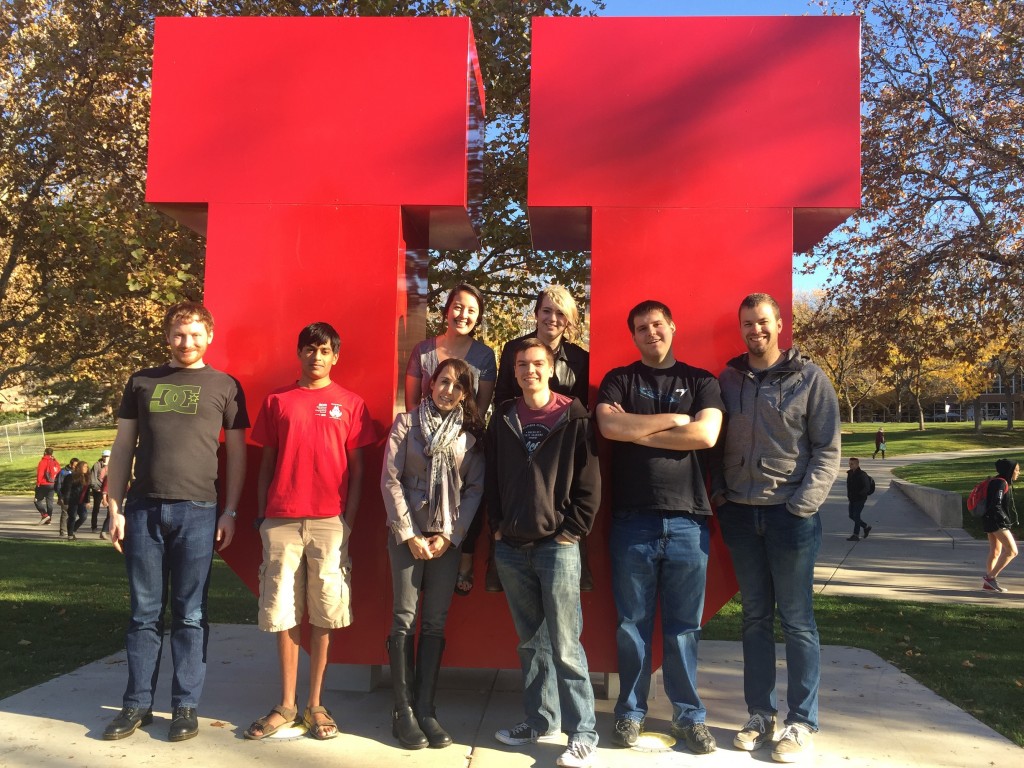
Numerous conference activities on Nov. 16 will be dedicated to high school students, involving representatives from the University of Oklahoma’s Supercomputing Center, Procter and Gamble’s modeling and simulation programs for research and development, and tours where students can network with representatives from NASA, Berkeley Lab, and high-tech computing firms.
The topics cover a vast spectrum of interests, from cognitive computing and artificial intelligence to precision medicine and wildfire response and to the impact of supercomputing for interactive services and platforms including Ancestry.com. And, of course, the conference will be powered by SCinet, the world’s fastest computer network which is built annually at the SC conference site. In collaboration with Utah’s CloudLab, this year’s SCinet, with 56 miles of fiber optic cable installed in and around the Calvin L. Rampton Salt Palace Convention Center, will deliver nearly three terabits per second in bandwidth – enough to send 450 million snapchat photos in 60 seconds. Or, to give a common comparison, 850 times more photos than the rest of the world sends each minute.
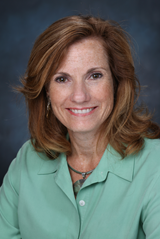
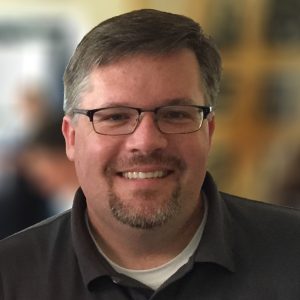
At last year’s SC event, 14 percent of attendees were women and conference organizers hope to break the 20-percent benchmark in Salt Lake City. Progress has been difficult to expand over the last two decades, according to U.S. Department of Commerce figures. While women definitely comprise more than half of the country’s total workforce, still less than three out of every 10 jobs in STEM fields are held by women. A National Science Foundation report this year found that ony 15 percent of engineers are female, as is just 11-12 percent of computer hardware engineers, and aerospace/aeronautical/astronautics engineers. Just one of four computer and mathematical scientists are female.
However, as John West, of the Texas Advanced Computing Center who is general chair for SC16, explains, this year’s event is making the issue more visible than ever. Nearly two-thirds of the conference’s organizational leadership team are women. And, the emphasis is directed toward encouraging young people to explore the field in earnest, as West and Trish Damkroger, acting associate director for Computation at Lawrence Livermore National Laboratory (LLNL) and a senior member of the SC16 leadership team, explained in email interviews with The Utah Review.
Both Damkroger and West believe early exposure is vital, as the conference also offers ideas about the best way for teachers, parents and mentors to cultivate and nourish a young person’s interest in a STEM field. In terms of overcoming fears that the subject matter might be too difficult or overwhelming to comprehend and master, Damkroger says, “I have found that the teachers that truly understand the topic are able to explain the subject in simple enough terms that any lay person can understand. We need to reward those teachers/mentors that can explain the fundamentals to the students so they can easily comprehend. There are now schools focused on how to explain science in understandable ways. Breaking down the jargon of the sciences is a big part of the challenge.”
West adds, “To be good at anything takes perseverance and practice and to a certain degree just darn hard work. For instance, a kid may spend four hours a day practicing as a soccer goalie which is great and is lauded – the difference is our society doesn’t glamorize science in that same realm yet.”
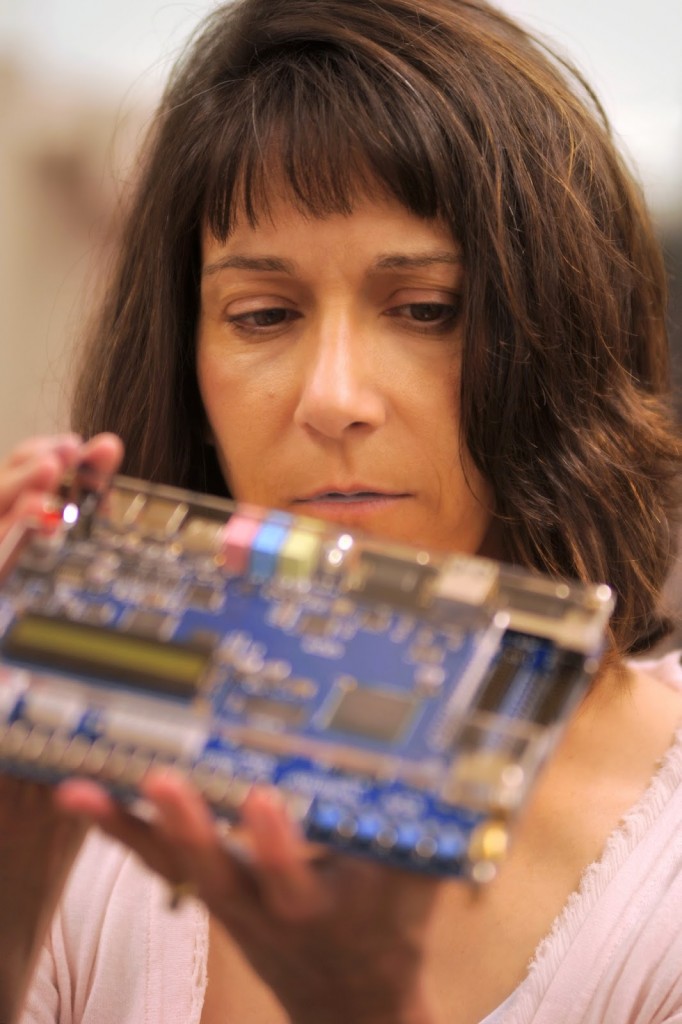
Just as a trio of surveys last year from the National Endowment for the Arts concluded that the single most significant predictor of interest, appreciation and engagement with the arts begins with a child’s experience at an early age, both Damkroger and West point to similar research in their field. An SC16 report indicates that 65 percent of scientists and STEM graduate students say they developed their interest in elementary school. “I believe seeing role models is an excellent way to inspire girls and young minority students,” Damkroger adds. “I am always surprised when I talk with students about their desire for more knowledge about my life and career. Everyone has a story to tell that can inspire the next generation. Finding the venues to tell you story is important to help the students navigate their careers.”
West adds that mentors are key in reassuring and reinforcing the path young students might take in a STEM field. SC16 engages numerous organizations that provide STEM learning experiences for young people, such as Project Lead the Way, Girls Who Code, or a local STEM educator, such as Bricks 4 Kidz, or C&A Robot Factory.
“Not only does our community support this, we actively have sessions, events, or networking opportunities to make it easy for young adults to connect with career professionals,” he explains. “Our society needs that next generation of computer scientists.”
Damkroger amplifies this point about how role models can inspire girls and young minority students in the fields of science and technical education. “I am always surprised when I talk with students about their desire for more knowledge about my life and career,” she says. “Everyone has a story to tell that can inspire the next generation. Finding the venues to tell you story is important to help the students navigate their careers.”
While there are no specific numbers regarding the career demands in the high-performance computing field, Damkroger says the closest reference is computer science specialist, “which show we have a shortage of 200,000 today based on the U.S. Bureau of Labor Statistics. And by 2022, this number will grow to about 1 million.”
She adds that while the current situation will not change immediately, she says, “It would be impressive if we could match the U.S. demographics of women and minorities in STEM professions in the next 20 years.” To work toward that goal, however, would be to expand the STEM education focus in today’s middle school and high school classrooms, she explains, adding, “The biggest challenge is finding the teachers to educate along the full pipeline.”
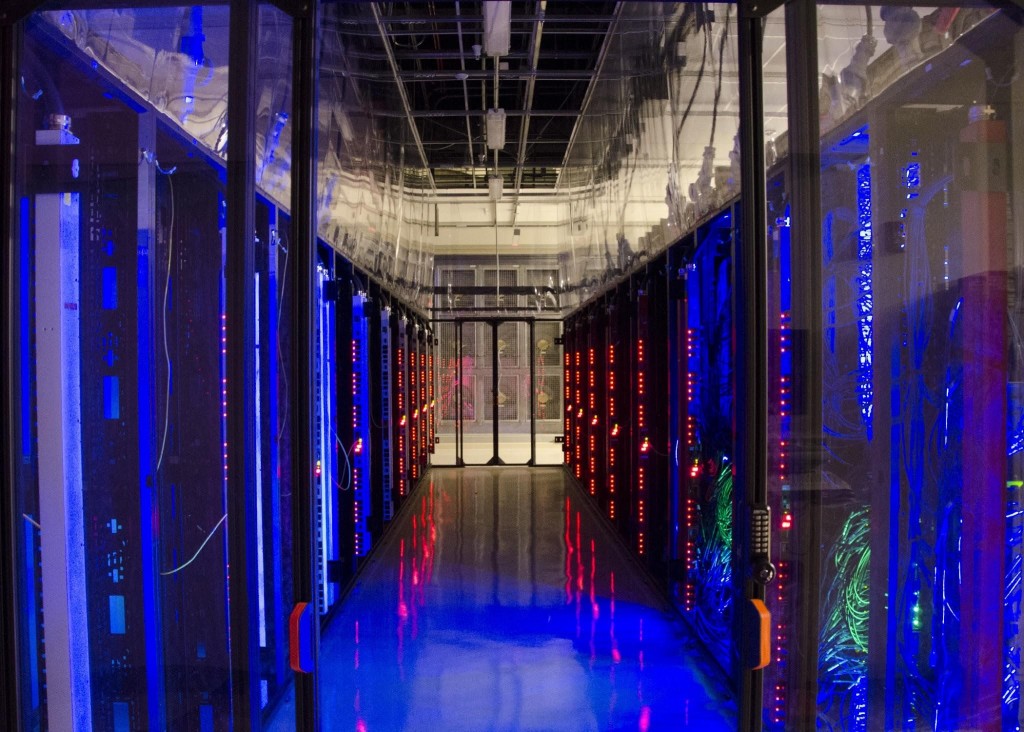
SC16 also is focused on developing the type of internal culture during the conference that emphasizes the value and significance of being inclusive. “We decided the first step was to create a code of conduct and a way for any attendee to get help if they are seeing poor behavior,” Damkroger says. “We are doing a select in-person survey of conference attendees this year to gather first-hand what would make a better conference attendance for both first time attendees and those that are underrepresented. Next year one of the themes is inclusivity.” West also highlighted the group’s diversity workforce entity “to answer these questions and so far the results have been very impressive: minority-led sessions, a conference code of conduct, family day, conference subsided day care, and an on-going committee focused on this very subject.”
The conference continues through Nov. 17. It is expected to generate an economic impact of $10 million for the city.


1 thought on “SC16’s Salt Lake City conference focuses on diversifying world of high-performance computing”